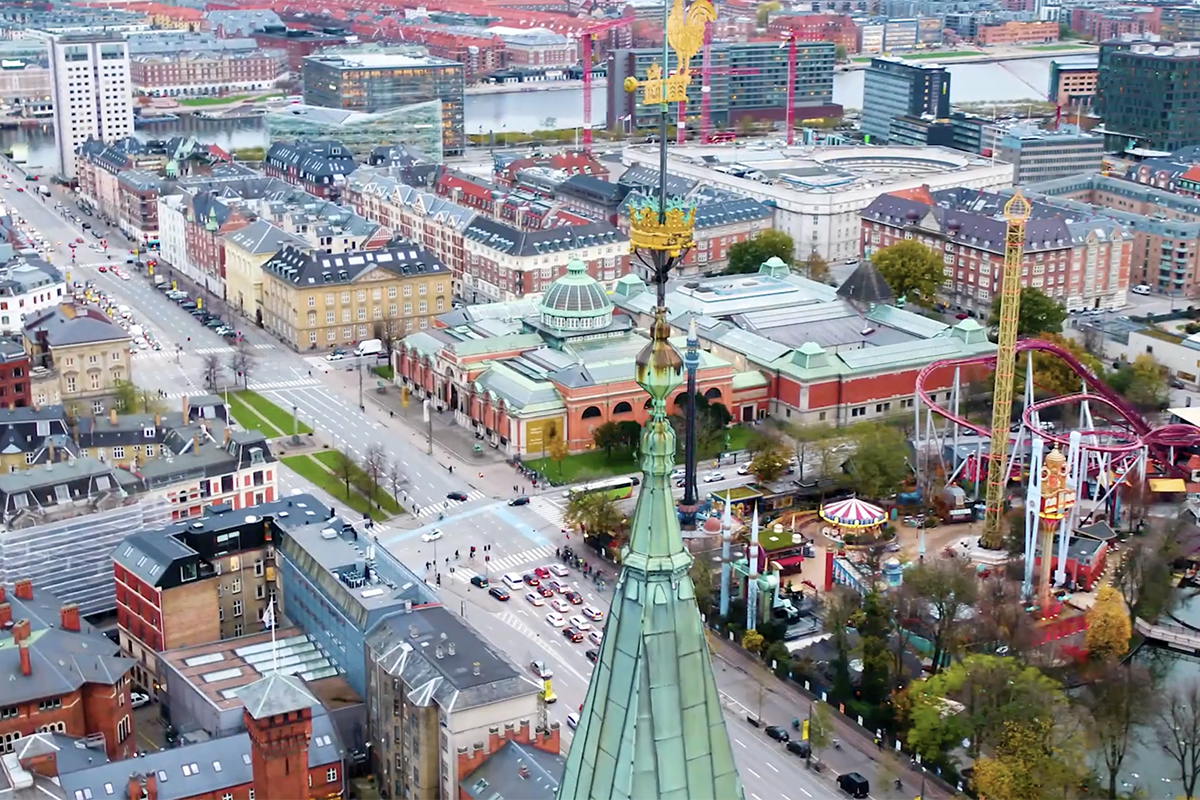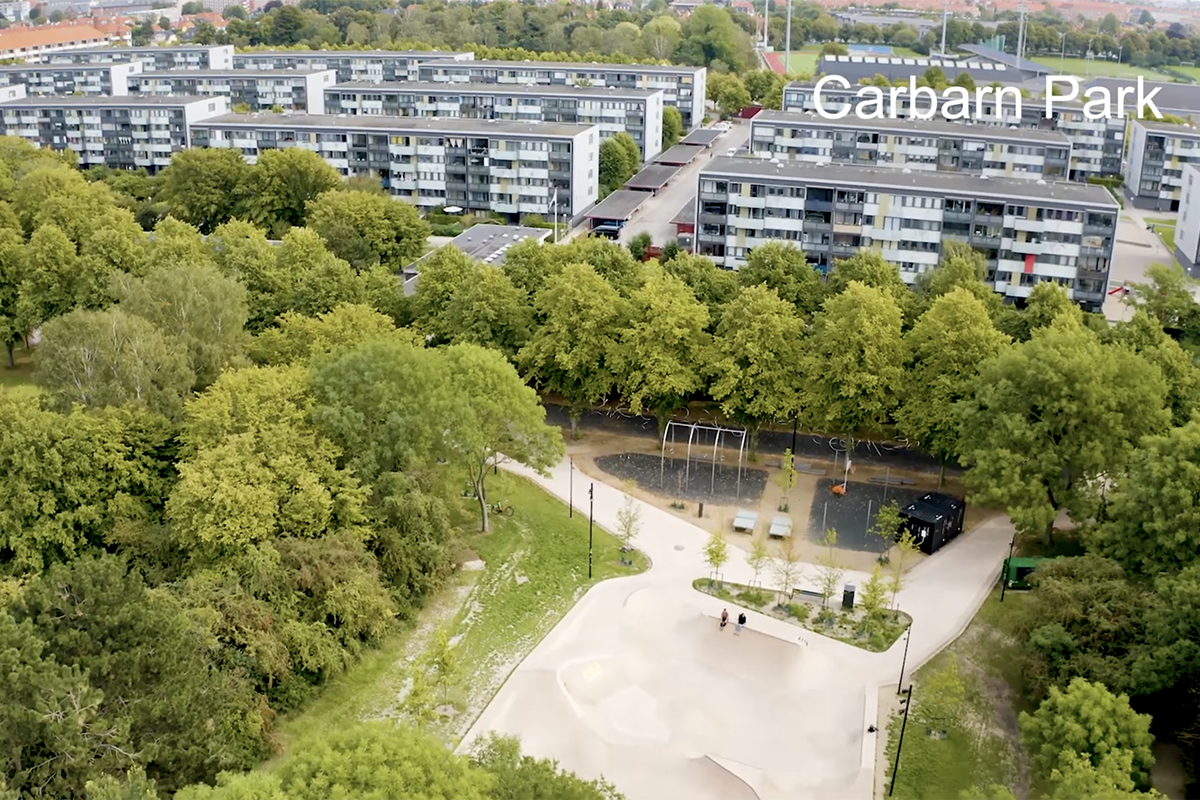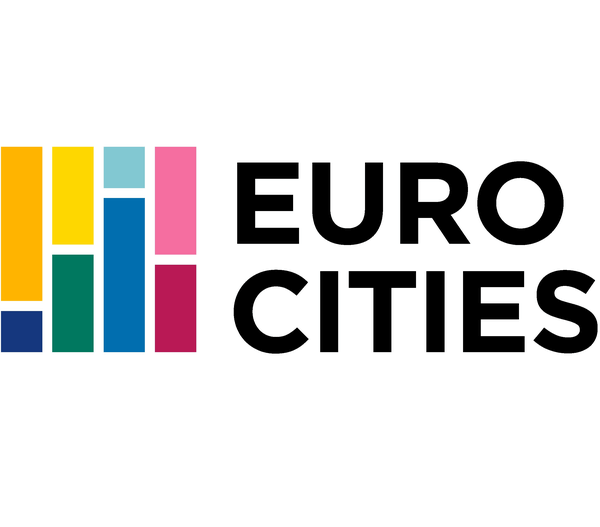City
Copenhagen
Main actors
Local Government
Project area
Whole City/Administrative Region
Duration
Ongoing since 2011
Climate adaptation and environmental improvements through nature-based solutions
The City of Copenhagen is implementing a Cloudburst Management Plan based on the Copenhagen Climate Adaptation Plan approved by the City Council in 2011. The goal of the plan is to take a sustainable approach to urban development, nature conservation and community engagement, with a focus on surface solutions for rainwater management. The project includes approximately 300 surface projects, financed through water taxes and tax funds, which aim to improve the quality of life for citizen by creating green and blue recreational areas and increasing biodiversity.
Originally published by EUROCITIES, the network of 130 European cities – Link
This project was awarded the 'Eurocities Awards' in 2021 in the following category: Planning public spaces – presenting innovative solutions.
Eurocities Awards
This project was awarded the 'Eurocities Awards' in 2021 in the following category: Planning public spaces – presenting innovative solutions.
External links / documents
On Map
The Map will be displayed after accepting cookie policy









